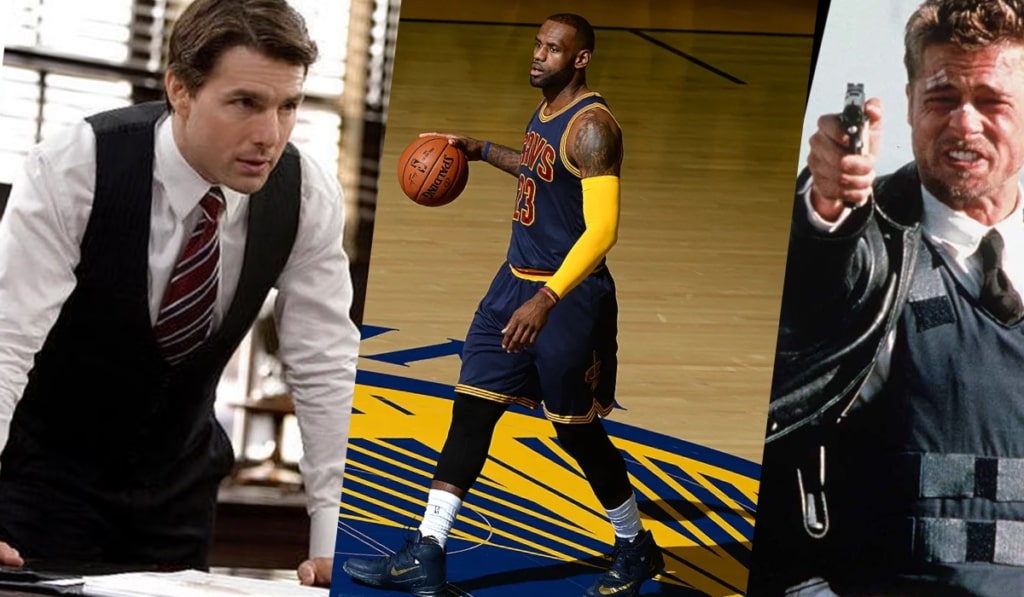Height is an important physical characteristic for many sports. Taller athletes often have an advantage in sports that involve jumping, reaching, and throwing. This is because they have longer limbs and a larger wingspan, which gives them more leverage and reach. However, there are also many successful athletes who are shorter than average. This suggests that other factors, such as skill, athleticism, and intelligence, are also important for athletic performance.
Here is a comparison of the average heights of athletes in different sports:
- Basketball: The average height of a male basketball player in the NBA is 6’7″. This is because height gives players an advantage in rebounding, blocking shots, and shooting over defenders. However, there are also some successful basketball players who are shorter than average. For example, Muggsy Bogues was only 5’3″ tall, but he was a skilled ball-handler and passer who made up for his lack of height with his athleticism and intelligence.

- Volleyball: The average height of a male volleyball player in the FIVB World League is 6’8″. This is because height gives players an advantage in blocking and spiking. However, there are also some successful volleyball players who are shorter than average. For example, Karch Kiraly was only 6’5″ tall, but he was one of the most dominant volleyball players of all time.


- Soccer: The average height of a male soccer player in the FIFA World Cup is 5’11”. Height is not as important in soccer as it is in some other sports, but it can still be an advantage for players who are taller. For example, Peter Crouch is 6’7″ tall and he is one of the most successful headers of the ball in the world.
- American football: The average height of a male quarterback in the NFL is 6’3″. This is because height gives quarterbacks an advantage in seeing over the offensive line and making throws. However, there are also some successful quarterbacks who are shorter than average. For example, Drew Brees is only 6’0″ tall, but he is one of the most accurate passers in NFL history.


- Tennis: The average height of a male tennis player in the ATP Tour is 6’1″. This is because height gives players an advantage in reaching high balls and serving aces. However, there are also some successful tennis players who are shorter than average. For example, Rafael Nadal is only 5’10” tall, but he is one of the most dominant players on the tour.
These are just a few examples of the average heights of athletes in different sports. The actual height requirements for each sport vary depending on the specific position or role. For example, a center in basketball is typically taller than a point guard.
There are a number of factors that contribute to height differences in athletes. These include genetics, nutrition, and environment. Genetics is the most important factor, as it determines the individual’s potential height. Nutrition also plays a role, as athletes who eat a healthy diet and get enough sleep are more likely to reach their full height potential. Environment can also play a role, as athletes who live in areas with good nutrition and healthcare are more likely to be taller.
The importance of height in sports has been debated for many years. Some people believe that height is the most important factor for success in many sports, while others believe that other factors, such as skill and athleticism, are more important. There is no easy answer to this question, as the importance of height varies depending on the specific sport. However, it is clear that height is an important physical characteristic for many sports and it can give athletes an advantage in certain areas.
In conclusion, the average height of athletes varies greatly depending on the sport. In general, taller athletes tend to have an advantage in sports that involve jumping, reaching, and throwing. However, there are also many successful athletes who are shorter than average. This suggests that other factors, such as skill, athleticism, and intelligence, are also important for athletic performance.




